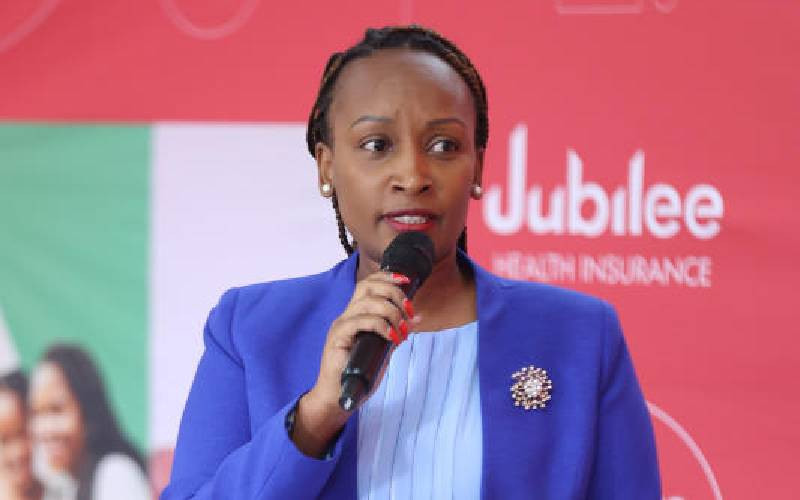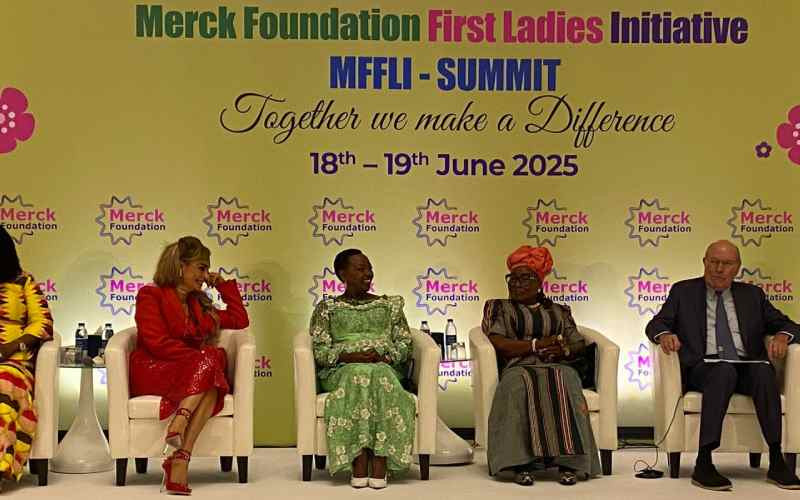
We often think of healthcare as something we turn to when unwell. A service we access, a system we rely on. Yet for many Kenyan households, healthcare is far more precarious: a financial cliff.
A single illness, an unexpected accident, a hospital bill that exceeds a household’s income. A family that was just getting by suddenly finds itself in free fall, sacrificing school fees, skipping meals, or selling assets just to survive. A joint study by WHO and KEMRI Wellcome Trust found 13.7 per cent of households have experienced catastrophic health expenditure, with the burden falling most heavily on low income families, the uninsured, and those managing chronic illness. These figures may appear clinical, yet behind them are real consequences. Skipped diagnoses, delayed treatment, abandoned care, choices no family should ever have to make.
Part of the challenge lies in the structure of our health financing. Kenya has made significant progress in policy reform and infrastructure investment. However, the financing model has not kept pace with how people live and earn. With over 80 per cent of the workforce in the informal sector, most households operate with irregular and unpredictable income.
The changing nature of illness adds to the complexity. Noncommunicable diseases such as diabetes, hypertension, and cancer now dominate hospital admissions. These are not treat and go conditions. They require continuity, financial consistency, and long-term access to care, three elements many households simply cannot guarantee.
This is where the conversation becomes more uncomfortable. Common solutions such as universal health coverage, digitisation, and public private partnerships are all important. Yet these alone do not address the deeper issue: how to design health financing that protects people from poverty without overburdening the system or each other.




More difficult questions must be asked. What forms of insurance or pooling work in informal economies? How do we prevent healthcare from becoming a debt trap? Is there a way to shift focus toward early treatment and long-term prevention, instead of reacting to expensive late-stage illness? Are we investing enough in solutions grounded in household realities?
A single answer may not exist. The future of health financing likely lies in multiple overlapping strategies. Micro contributions through mobile money, SACCO based pooling, flexible benefit designs that prioritise outpatient and chronic care, and targeted subsidies for the most vulnerable populations.
Insurers in Kenya have begun to make meaningful shifts through expansion of microinsurance. These products, built around low premiums, simple enrolment, and mobile platforms, aim to improve accessibility for workers in the informal economy.
The growing adoption of these models reflects recognition of the protection gap and a willingness to respond. However, the scale remains limited, and many of the most vulnerable are still uninsured or underinsured. The promise is clear, but unlocking its full potential will require broader uptake, deeper affordability, and integration.
Most importantly, a shift in mindset is required. It is no longer enough to measure progress by budgets, infrastructure, or enrolment numbers. The real test is simpler, yet harder: are households truly protected?
A hospital bill should not be the difference between dignity and desperation.
The writer is Jubilee Health Insurance CEO